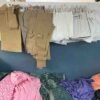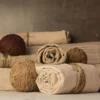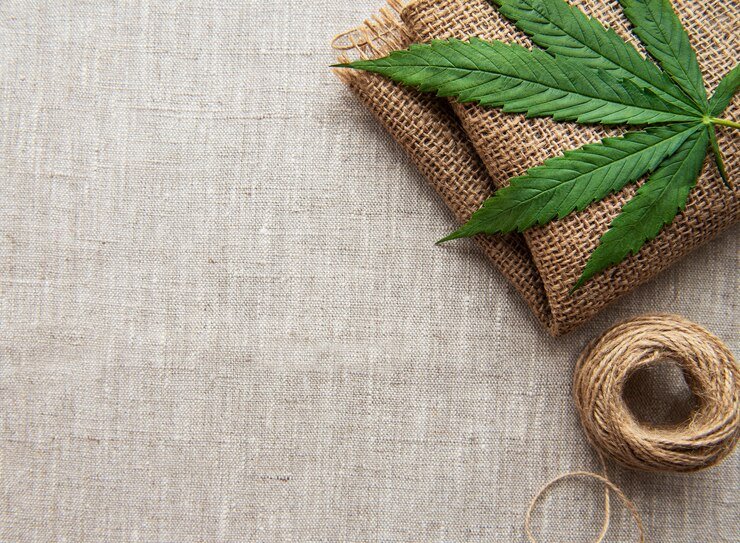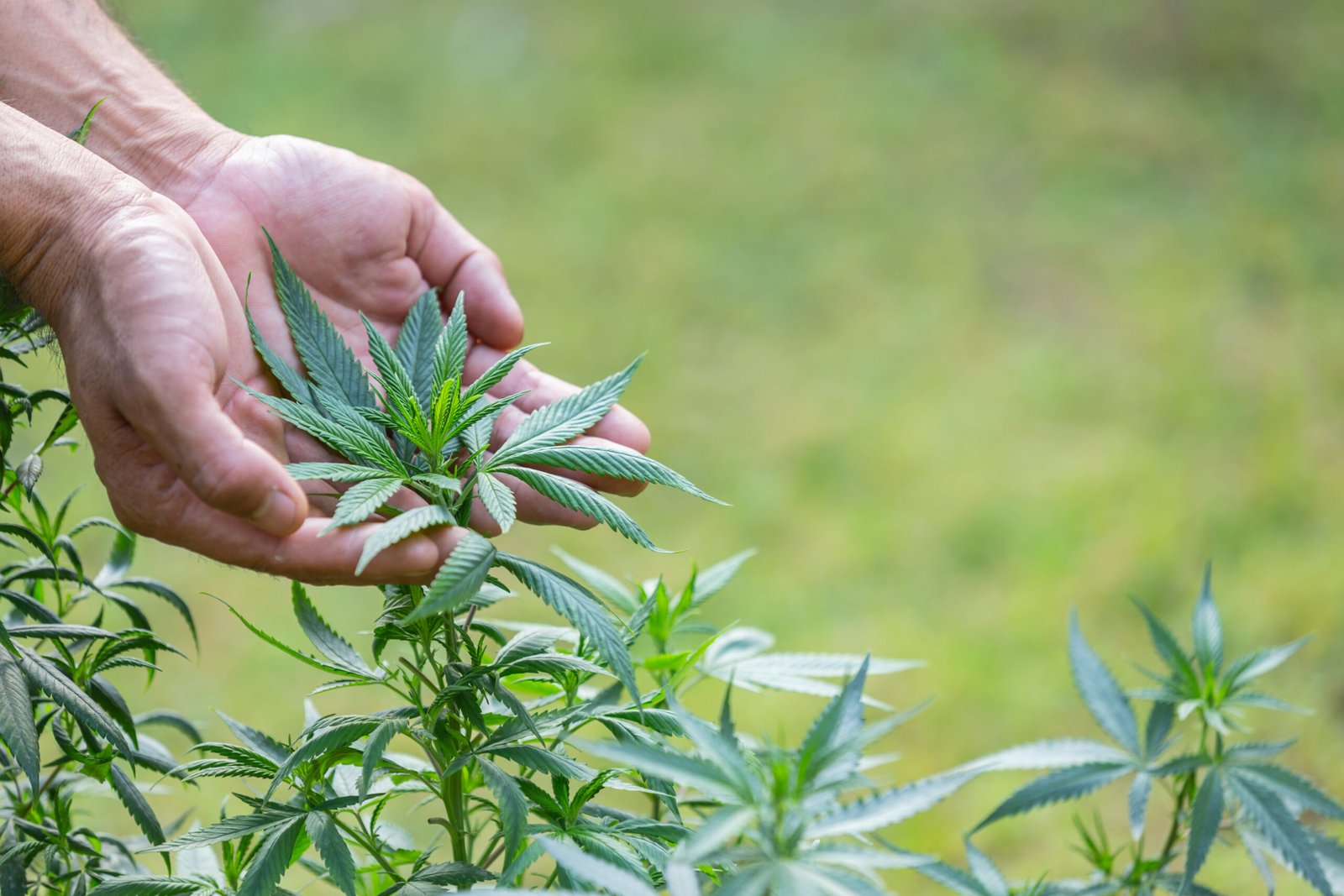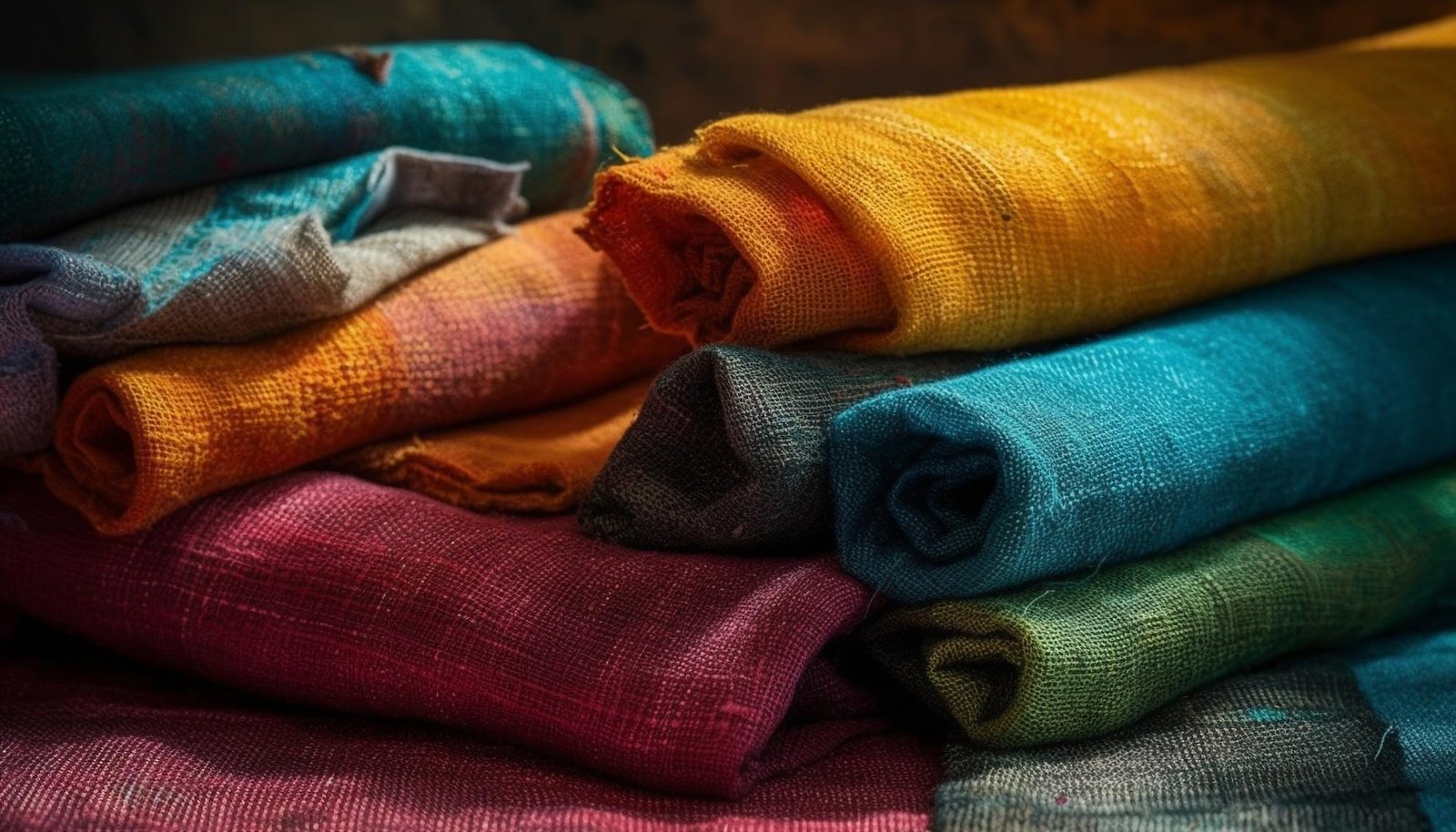Hemp: A Sustainable Solution for Mitigating Ocean Microplastic Pollution
Hemp: A Sustainable Solution for Mitigating Ocean Microplastic Pollution In the wake of growing environmental concerns, the prevalence of microplastics in our oceans has become a critical issue. These tiny plastic particles, often invisible to the naked eye, pose a significant threat to marine life and the overall health of our planet’s aquatic ecosystems. Fortunately, amidst this crisis, an eco-friendly alternative has emerged – hemp – offering a promising solution to tackle this pressing problem. Understanding Microplastic Pollution Microplastics, measuring less than five millimetres in size, originate from various sources such as the breakdown of larger plastic debris, microbeads in personal care products, and synthetic fibres shed from textiles during washing. They contaminate marine environments, endangering marine species, and even entering the food chain, ultimately affecting human health. Hemp: Nature’s Answer to Microplastic Pollution Hemp presents itself as a beacon of hope in combating microplastic pollution due to its unique properties and applications. This versatile plant is renowned for its durable and long-lasting fibres, which have the potential to replace synthetic materials in textile production. The Role of Hemp Fiber in Reducing Microplastics: Hemp fibres, when woven into fabrics, possess exceptional strength and resilience. Clothing made from hemp significantly minimizes shedding of microfibers during washing compared to synthetic materials like polyester or nylon. These fibres are biodegradable and break down naturally, preventing the accumulation of microplastics in water bodies. Eco-Friendly Characteristics of Hemp: Hemp cultivation requires minimal pesticides and fertilizers, making it a sustainable crop that doesn’t contribute to harmful chemical runoff into water systems. Additionally, hemp grows rapidly and abundantly, requiring less water than conventional crops like cotton. Its deep root system helps prevent soil erosion, preserving the integrity of land and reducing sediment runoff into oceans. Encouraging the Shift to Hemp-Based Products: Encouraging consumers to opt for hemp-based textiles over synthetic alternatives is pivotal in reducing microplastic pollution. Educating individuals about the environmental benefits of hemp clothing and promoting sustainable fashion choices can significantly impact the demand for eco-friendly alternatives, ultimately decreasing microplastic pollution in our oceans. Innovations in Hemp-Based Materials: Research and innovation in utilizing hemp fibres for various purposes beyond textiles are rapidly progressing. From biodegradable packaging materials to eco-friendly construction materials, the versatility of hemp offers a wide array of sustainable alternatives to traditional plastics. Collaboration and Advocacy for Change: Collaboration among governments, industries, and environmental organizations is crucial in implementing policies that promote the use of hemp-based materials and reduce dependence on synthetic plastics. Advocacy for sustainable practices and regulations can drive the adoption of hemp as a viable solution to combat microplastic pollution. Conclusion In conclusion, the urgency to address microplastic pollution in our oceans necessitates immediate action, and hemp emerges as a sustainable and effective solution. Its eco-friendly characteristics, coupled with its versatile applications, position hemp as a key player in mitigating this environmental crisis. Embracing hemp-based alternatives signifies a shift towards a more sustainable future, where our oceans remain free from the detrimental effects of microplastics. Let us embrace hemp and contribute to safeguarding our planet’s delicate ecosystems

